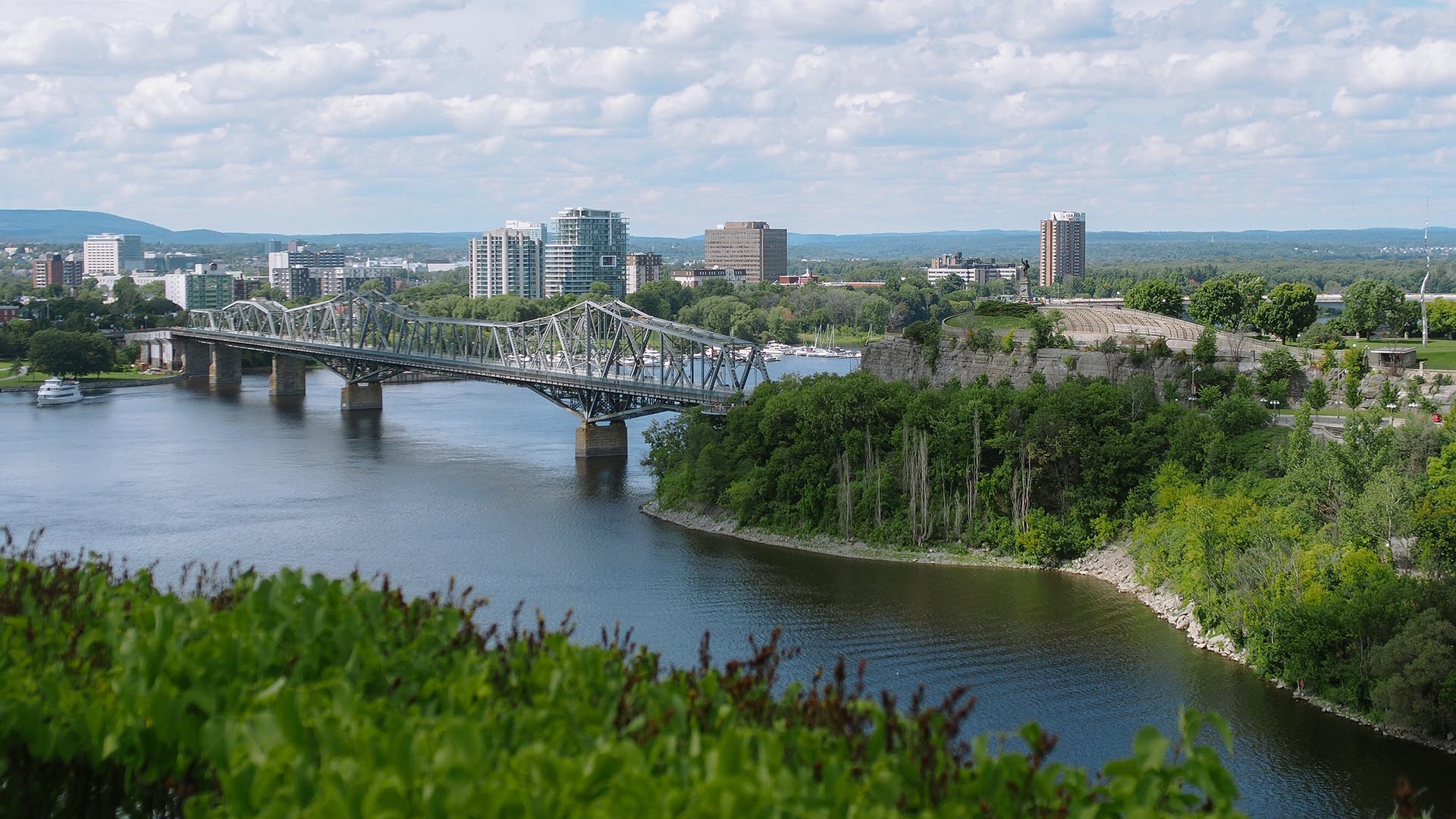Around the world, cities are beginning to reconnect with nature by including green, sustainable design into their architecture. It’s more important than ever to incorporate green practices into everything we do, and especially into what we build. Structures created today will have an impact on the future, so why not make it a good one?
There are many ways to incorporate green and sustainable architecture into cities, and green bridges are one of them. These are just some of the great ways that cities are already including green bridges into their designs.
Garden Bridges
Garden bridges are green in the most literal sense of the word. While New York’s High Line is the most popular example, there are many other cities worldwide that are exploring the possibilities of garden bridges and linear parks. Both Sydney and Seoul have adopted the idea and built similar garden bridges. Garden bridges are an excellent way to repurpose old infrastructure such as rail lines into something beautiful and sustainable. Not only are they beautiful, but they also serve as an effective stormwater management tool, much in the same way that green roofs do.
Wildlife Bridges
Sustainable design considers wildlife. Most architecture isn’t designed with wildlife in mind, and many animals have a hard time adapting to cities. Wildlife bridges provide a means for animals to travel safely without ending up on roads and highways, endangering themselves and the people driving. Luckily, thanks to innovations like the new Seoul green bridge and other ingenious overpasses around the world, including the 41 structures in Banff National Park, the Ecoduct in the Netherlands, and the crab crossing at Christmas Island National Park, Australia, wildlife and people can coexist.
Sustainable Materials and Design
Nothing lasts forever, and that’s why it’s so important to choose materials wisely and to design with sustainability in mind. Sustainable design focuses on the long-term impact of structures on the environment and the wellbeing of humans and wildlife now and into the future. When designing a sustainable, green bridge project, it’s important to consider the environmental impacts, the benefits for society, the impact on the economy, and how the structure will last into the future. Some of the most impressive and innovative green bridges in the world incorporate solar power, suspended walkways, and wind-turbines. In Indonesia, they’re even exploring bamboo as a construction material!
Green bridges can connect us to a sustainable future. Imagine the impact they could have if more cities designed and implemented them!

